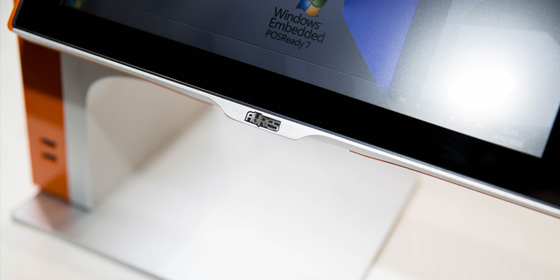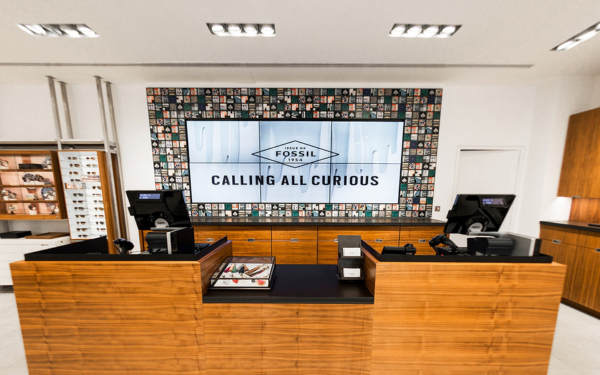We always talk about how much first impressions count. And there is sound science to back that up. Psychological and neurological studies have shown we quite literally size each other up in a split second in social situations. And beyond social behaviours, early impressions in all walks of life have a ‘halo effect’, unconsciously shaping our decision-making thereafter – even when we come across evidence that counters our initial evaluation.
But in retail, there’s an argument to say that last impressions count just as much, especially when it comes to experiences in and around checkout. Ask any retailer, and they will tell you that nothing ruins customer satisfaction quite like long queues and delays in paying. Interestingly, one recent study of customer attitudes to checkout suggested that the decrease in satisfaction associated with delays was often minor – but the boost from customers feeling that checkout was faster than normal was considerable.
Either way, it’s clear that last impressions count in retail – it’s the final thing customers take away from the shopping experience, after all. And that puts POS in the spotlight for cementing a positive experience, encouraging repeat business and so on.
This makes speed and efficiency at checkout a major talking point. But there’s more to it than that. At AURES, we take great pride in keeping right up-to-date with the latest developments in computing and POS hardware, so our products deliver the speed and reliability our customers expect.
But there’s another quality that we get lots of compliments for – how good our units look, and how well they fit into the design of checkout areas. And the design of a checkout area really does matter. You just cannot get away with sticking a great hulking machine on a table and saying that’s your point of sale done.
Why? There are two concrete reasons – one, the layout and ergonomics of your checkout area make a big difference to speed and efficiency. And two, because aesthetics, ambience – call it what you will – plays a major role in how we form those rapid-fire, sub-conscious impressions that ultimately count so much.
Why Ergonomics Matter at Checkout
Ergonomics is the study of how people interact with physical objects and systems, often in the context of working environments. It’s best known as part of modern health and safety practice (an ‘ergonomic’ office chair and desk set up is one that protects your posture during long hours of being sat at a screen). But more broadly, it’s concerned with how environments can be designed and physical systems engineered to best suit the way people use them, and therefore maximise efficiency.
At checkout, this means making things as simple, as intuitive and as speedy as possible. That is achieved through a combination of choosing the most user-friendly technologies (which explains why touchscreens have become ubiquitous with modern POS systems), making the best possible use of space to maximise flow and avoid bottlenecks, and also catering for different people’s needs. For example, you might combine staffed and self-service checkouts to provide customers with choice, but you should also think about accessibility for customers with mobility issues. And the layout design should also think about staff needs so they can work efficiently, too.
Overall, a well-structured checkout area should aim to streamline the purchasing process, reduce wait times and minimise friction, transforming what could be a frustrating bottleneck into a seamless, positive conclusion to the shopping experience.
The Value of Good-Looking POS
Beyond efficiency, retailers strive to create a warm, welcoming environment that taps into a feel-good factor and encourages repeat visits. Humans are visual creatures and we absolutely make judgements aesthetically. And as the last impression of a store visit, what we see at checkout really counts.
A clean, modern, inviting POS space helps to reinforce a store’s brand identity and reinforce trust through positive associations. Many factors can go into this – thoughtful lighting and colour choices aimed at influencing mood and reducing stress, engaging digital displays and other subtle entertainment elements to ease perceived wait times. The design goal is simple – making customers feel welcome, and communicating brand principles aesthetically.
And choice of POS absolutely ties in with that. To see a great example of AURES POS terminals being incorporated into a winning checkout area design, have a look at this case study about our work with London Asian supermarket chain Tian Tian Market.




